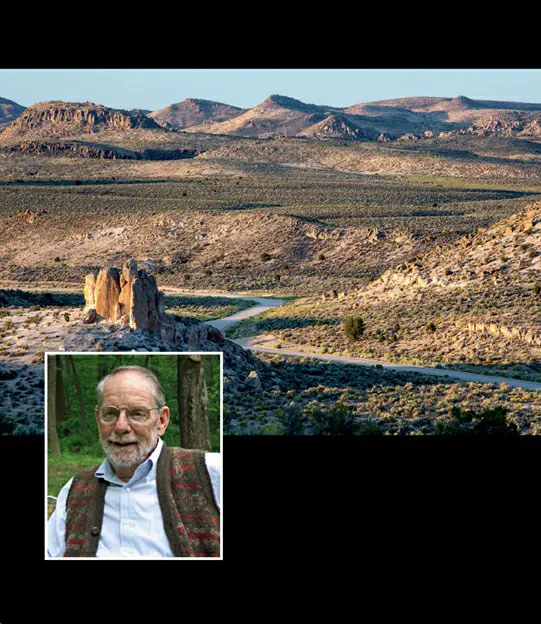The Basin and Range Province, a striking feature of the American southwest, captivates anyone who traverses or observes it from above. This region, stretching across parts of New Mexico, Arizona, California, Nevada, and into Mexico, is characterized by its unique topography of long, parallel ridges and valleys, with Death Valley being its most renowned exemplar.
Geologists, while united on naming this region, diverge in their explanations for its formation. The prevailing theory suggests that the subduction of the ancient Farallon plate beneath North America, starting around 155 million years ago, initiated a complex geological process. This event led to the uplift of mountain ranges like the Sierra Nevada and the Rockies. As remnants of the Farallon plate submerged further, the continental crust began to stretch, not compress. This tension created parallel faults, with the land between them (graben) sinking to form valleys, and the remaining ridges (horst) rising to form mountain ranges.
The Basin and Range’s bare desert landscape further highlights its dramatic geological evolution. John McPhee, an esteemed American writer and Princeton professor, masterfully narrates this geological saga in his 1982 book, “Basin and Range.” The first volume of his Pulitzer Prize-winning series, “Annals of the Former World,” McPhee’s work bridges the gap between scientific complexity and layman’s understanding. His storytelling skillfully weaves together the region’s geological narrative and the contributions of various scientists who have explored and theorized about the Basin and Range Province. McPhee’s writings emphasize the importance of not only scientific inquiry and theory but also the power of storytelling in science.

